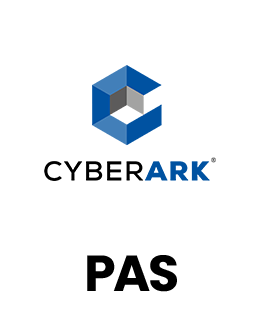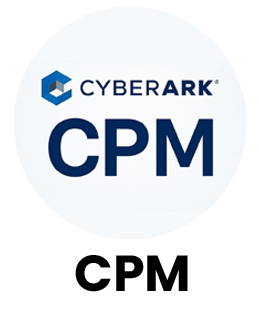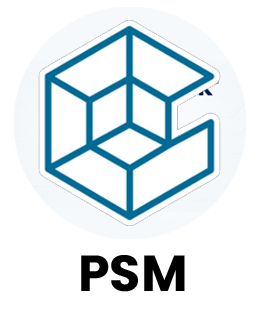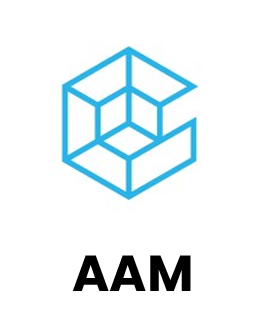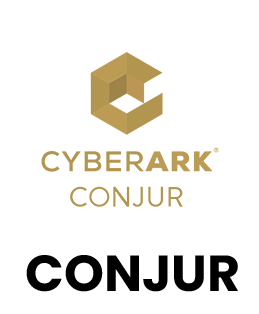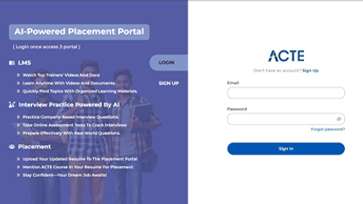1. How does the CyberArk Vault differ from the full Privileged Access Security (PAS) solution?
Ans:
The CyberArk Vault is a secure storage system designed to encrypt and protect privileged credentials, ensuring only authorized users can access them. Privileged Access Security (PAS), however represents the complete CyberArk suite that manages, monitors and enforces security policies for all privileged accounts. While the Vault focuses on safe storage of credentials, PAS provides end-to-end tools for comprehensive privileged access management and control.
2. What are the key distinctions between Central Policy Manager (CPM) and Password Vault Web Access (PVWA)?
Ans:
Within CyberArk, the Central Policy Manager (CPM) and PVWA have distinct functions. CPM manages backend automation, including policy enforcement, credential verification and password rotation, guaranteeing uniform security throughout the system. PVWA offers a web-based interface that enables users to manage credentials, request access and keep an eye on activity in real time. In essence, PVWA prioritizes user engagement and reporting, whereas CPM concentrates on automated management.
3. How does session monitoring function in CyberArk?
Ans:
Session monitoring in CyberArk provides continuous observation of privileged user activities. Every action within a privileged session is recorded and reviewed, allowing administrators to detect suspicious behavior, ensure compliance and conduct audits. This feature promotes accountability, transparency and helps reduce insider threats by making all privileged actions traceable.
4. What types of accounts can be managed with CyberArk?
Ans:
CyberArk manages a variety of privileged accounts, including local administrators, domain admins, service accounts, application accounts, cloud credentials and database logins. By automating password storage, rotation and access control, CyberArk ensures that these accounts remain secure, compliant and protected from misuse across the organization’s IT infrastructure.
5. How do Safes and Policies differ in CyberArk?
Ans:
In CyberArk, Safes are secure storage containers within the Vault where privileged credentials are kept. Policies, on the other hand, define how those credentials are managed, including access permissions, password rotation schedules and session recording requirements. Safes store the data, while Policies govern how the data is accessed, used and protected.
6. What is the significance of password rotation in CyberArk?
Ans:
Password rotation is important for maintaining security in CyberArk, as it automatically updates privileged account passwords at scheduled intervals. This practice minimizes the risk of credential theft and ensures compliance with security regulations. Automated password changes enhance protection by reducing the vulnerability associated with static or outdated passwords.
7. Why are privileged accounts important in cybersecurity?
Ans:
Access to sensitive data, important systems and configurations is raised for privileged accounts. Unauthorized data exposure or major security breaches may arise from improper handling of these accounts. By limiting access, implementing robust authentication and keeping thorough audit records, CyberArk contributes to the security of privileged accounts by guaranteeing responsibility and compliance.
8. What is the difference between onboarding and offboarding in CyberArk?
Ans:
Onboarding in CyberArk involves adding new privileged accounts to the Vault, applying relevant policies and configuring automated management. Offboarding, conversely, is the process of securely removing or disabling accounts, revoking access and archiving credentials. These steps ensure the entire lifecycle of privileged accounts is securely managed and monitored from creation to removal.
9. How are alerts and incident responses managed in CyberArk?
Ans:
CyberArk creates real-time warnings for anomalous activity, like unsuccessful logins, illegal access or policy infractions. While thorough audit logs and recorded sessions enable analysts to look into problems, take corrective action and put preventive measures in place to increase overall security, security teams can react quickly with these alerts.
10. What are CyberArk Vault Safes and the different types available?
Ans:
Sensitive information and privileged credentials can be safely stored in CyberArk Vault Safes. Standard safes are used for individual accounts, shared safes are used for team access and high-security safes are used for extremely sensitive data. Every safe functions in accordance with established auditing controls and access procedures, guaranteeing optimal security and regulatory compliance.

